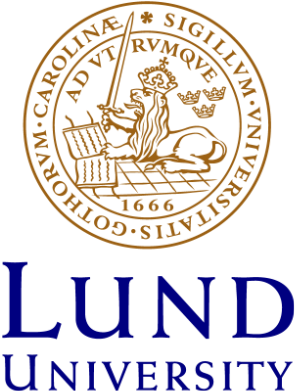Studies of removal of 210Po, 234U, 238U and 137Cs in man by dialysis
Mat som kontaminerats av radionuklider genom till exempel radioaktivt nedfall kan ge höga stråldoser till kroppen. Nuklider med långa halveringstider kan ackumuleras i kroppen och ge en hög tidsintegrerad absorberad dos. Personer med kronisk njursvikt kan erhålla höga stråldoser efter intag av radionuklider eftersom många radionuklider utsöndras via njurarna. I den här undersökningen har vi studerHigh internal radiation doses can result from food, contaminated by radionuclides from for example nuclear fallout. Nuclides with long half-lifes can accumulate in the body and give a high time-integrated absorbed dose. Persons with end-stage renal disease can receive high absorbed doses after intake of radionuclides, since many radionuclides are mainly excreted by the kidneys. In this study the d
